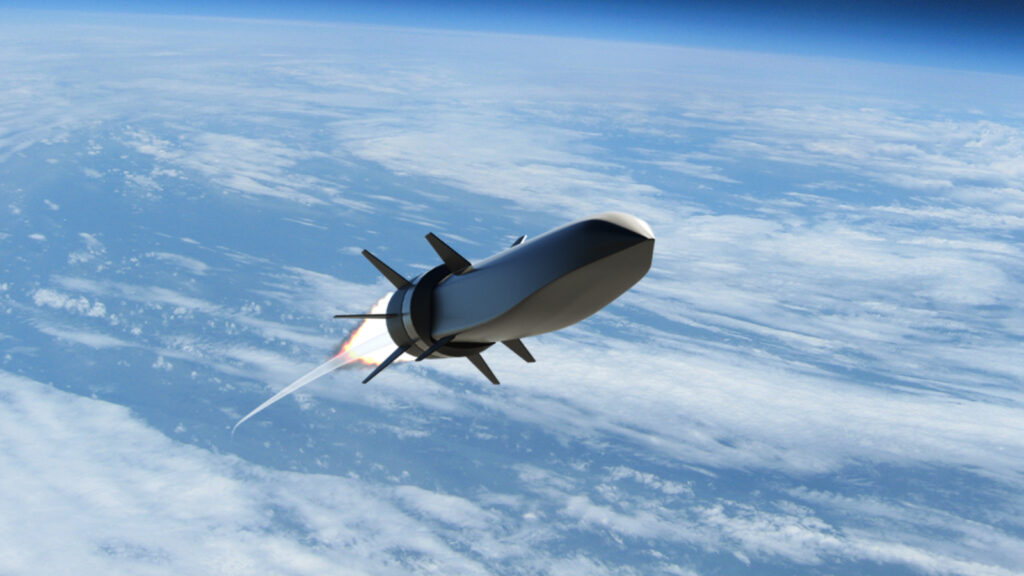Already a subscriber? Make sure to log into your account before viewing this content. You can access your account by hitting the “login” button on the top right corner. Still unable to see the content after signing in? Make sure your card on file is up-to-date.
The United States and the United Kingdom have announced a major breakthrough in hypersonic missile technology, confirming successful tests of a next-generation “air-breathing engine” designed to power ultra-fast, long-range cruise missiles that can outrun modern air defenses.
Some shit you should know before you read: If you’re unaware, hypersonic missiles are advanced weapons capable of traveling at speeds exceeding Mach 5—making them incredibly fast and difficult to detect or intercept. These missiles can maneuver mid-flight, allowing them to evade traditional missile defense systems, and they can be launched from land, sea, or air. Russia was the first known country to deploy hypersonic weapons in active military operations, using its Kinzhal missile during the war in Ukraine. China has also developed and fielded systems like the DF-ZF hypersonic glide vehicle. At the same time, the United States continues to invest heavily in hypersonic research, though it has yet to deploy an operational system. Other nations, including India and Iran, claim to have tested hypersonic technology, but their capabilities remain largely unproven.

What’s going on now: In an announcement, the UK confirmed the successful completion of 233 hypersonic engine tests conducted at the NASA Langley Research Center in Virginia, marking a significant step forward in the development of a next-generation cruise missile. These tests, carried out over six weeks, tested the performance of a high-speed air-breathing propulsion system designed to enable sustained flight at speeds exceeding Mach 5. Unlike traditional rocket engines, which carry their own oxidizers, this engine draws in atmospheric air to combust fuel—resulting in greater range, improved efficiency, and the ability to cruise at lower altitudes where interception becomes significantly more difficult.
According to a readout, the tests explored a range of design variations across the full flight spectrum, from supersonic to hypersonic velocities. The engine successfully operated under extreme conditions that simulate high-speed flight, providing critical validation of its durability and thrust capabilities.
According to the UK Ministry of Defence, this air-breathing propulsion system could eventually power a cutting-edge hypersonic cruise missile for the UK by 2030.
UK Defence Secretary John Healey called the achievement a “milestone moment on hypersonics research,” adding, “It has never been more important for us to innovate and stay ahead of our adversaries, equipping our forces with the technologies of the future.”






